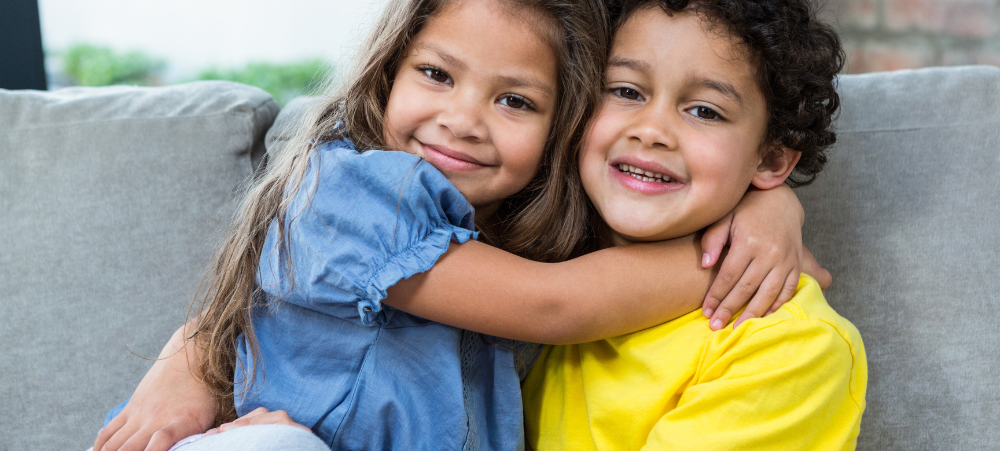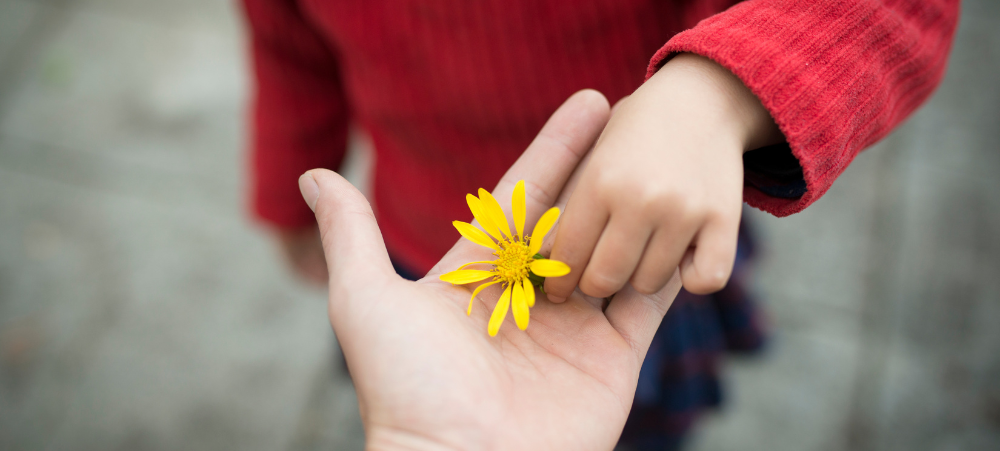Labelling children as “good” or “bad” is a common practice that can have significant implications on their development and self-perception. This dichotomous labelling not only oversimplifies complex behaviours but also influences how children view themselves and their abilities. Breaking this cycle requires a conscious effort from parents, educators, and caregivers to adopt more nuanced and supportive approaches to child development.
Understanding the Impact of Labels
Labels such as “good” or “bad” are often assigned based on a child’s behaviour in specific situations. While seemingly harmless, these labels can lead to:
- Self-Fulfilling Prophecies: Children internalise the labels they are given, which can influence their future behaviour. A child labeled as “bad” may continue to exhibit negative behaviours because they believe that is what is expected of them.
- Fixed Mindset: Labelling can contribute to a fixed mindset, where children see their abilities and traits as unchangeable. This mindset can hinder growth and resilience.
- Stigmatisation: Negative labels can lead to stigmatisation, affecting a child’s self-esteem and how they are perceived by peers and adults.
According to labelling theory, individuals subconsciously notice how others see or label them, and their reactions to these labels over time form the basis of their self-identity. It is through this social process of labelling that behaviours are reinforced, influencing an individual’s self-concept and social identity. (Wikipedia – Social Conditioning)
The Role of Social Conditioning
Social conditioning plays a significant role in how labels are assigned and perceived. From a young age, children are conditioned to conform to societal norms and expectations. Behaviours that align with these norms are often labeled as “good,” while those that deviate are labeled as “bad.” This conditioning can limit a child’s ability to express themselves authentically and develop a healthy self-concept.
Margaret Mead’s theory of social development suggests that one’s identity is shaped by outside forces. While the self exists at birth, initial interactions influence the development of one’s identity. As individuals interact with various groups, starting with family and extending to friends, they develop their perception of self. This process highlights how external labelling can significantly impact self-identity. (Wikipedia – Social Conditioning)
Moving Beyond Dichotomous Labels
To break the cycle of labelling children as “good” or “bad,” consider the following strategies:
1. Focus on Specific Behaviours
Instead of assigning labels, address specific behaviours. For example, instead of saying, “You are being bad,” say, “Running indoors can be dangerous; please walk.” This approach separates the child’s identity from their actions.
2. Use Positive Discipline
Positive discipline focuses on guiding and teaching rather than punishing. It emphasises understanding the reasons behind a child’s behaviour and addressing underlying needs. This approach helps children learn appropriate behaviours without feeling shamed or labeled. (Wikipedia – Positive Discipline)
3. Encourage a Growth Mindset
Promote the belief that abilities and behaviours can change with effort and learning. Encourage children to see challenges as opportunities for growth rather than as reflections of their character.
4. Provide Constructive Feedback
Offer feedback that is specific, actionable, and focused on improvement. Instead of labelling a child as “good” or “bad,” provide guidance on how they can improve their behaviour or skills.
5. Model Desired Behaviours
Children learn by observing adults. Model the behaviours you wish to see, and acknowledge your own mistakes to show that learning is a continuous process.
6. Avoid Comparisons
Comparing children to their siblings or peers can reinforce labelling and negatively impact self-esteem. Focus on each child’s individual strengths and areas for growth.
7. Create an Inclusive Environment
Foster an environment where all children feel valued and understood. Encourage empathy, cooperation, and respect among children to reduce the tendency to label each other.
The Importance of Language
The language used when communicating with children significantly impacts their self-perception. Common phrases, even when well-intentioned, can be problematic. For example:
- Over-praising with phrases like “Great job!” can make children reliant on external validation rather than developing self-motivation.
- Telling children to “hurry up” adds stress and discourages patience.
- Using dessert as a reward can create unhealthy eating patterns.
It’s crucial to use supportive, guiding language to foster children’s confidence and emotional well-being. (Parents – Things You Should Never Say to Your Child)
Challenges in Modern Parenting
Modern parenting trends often involve avoiding the word “no”, fearing it may harm children’s self-esteem or suppress their curiosity. However, experts emphasise the importance of setting boundaries for children’s safety and cooperation. The word “no,” when used thoughtfully, helps establish necessary limits and teaches cooperation, vital for future social interactions. Balancing warmth with boundaries is crucial for healthy child development. (The Guardian – Why “No” Became a Dirty Word in Parenting)
Conclusion
Breaking the cycle of labelling children as “good” or “bad” requires a conscious effort to focus on specific behaviours, use positive discipline, and promote a growth mindset. By being mindful of the language used and the potential impact of labels, parents, educators, and caregivers can foster healthier self-perceptions in children. This approach not only supports individual growth but also contributes to a more empathetic and understanding society.
Sources
- Positive Discipline – Wikipedia
- Social Conditioning – Wikipedia
- These Common Phrases Said to Kids Are Actually Problematic – Parents
- “Mummy Would Prefer You Not to Do That”: How “No” Became a Dirty Word in Parenting – The Guardian
We understand that there are many aspects that encompass a Mother, Father or Child and strive toward providing resources and services that accommodates this.
Our content is aimed to inform and educate families on issues starting from pregnancy through to the challenges of the teen-age years.
- Tiny Toons Looniversity Returns: Meet the Voice Behind Plucky and Hamton! - December 12, 2025
- From Pain to Possibility: Panado®’s New Marketing Campaign, Highlights The Joy Of Pain Relief - December 10, 2025
- Feeding Unicorns by Jeni-Anne Campbell: A bold new book for business leaders who care - December 9, 2025





